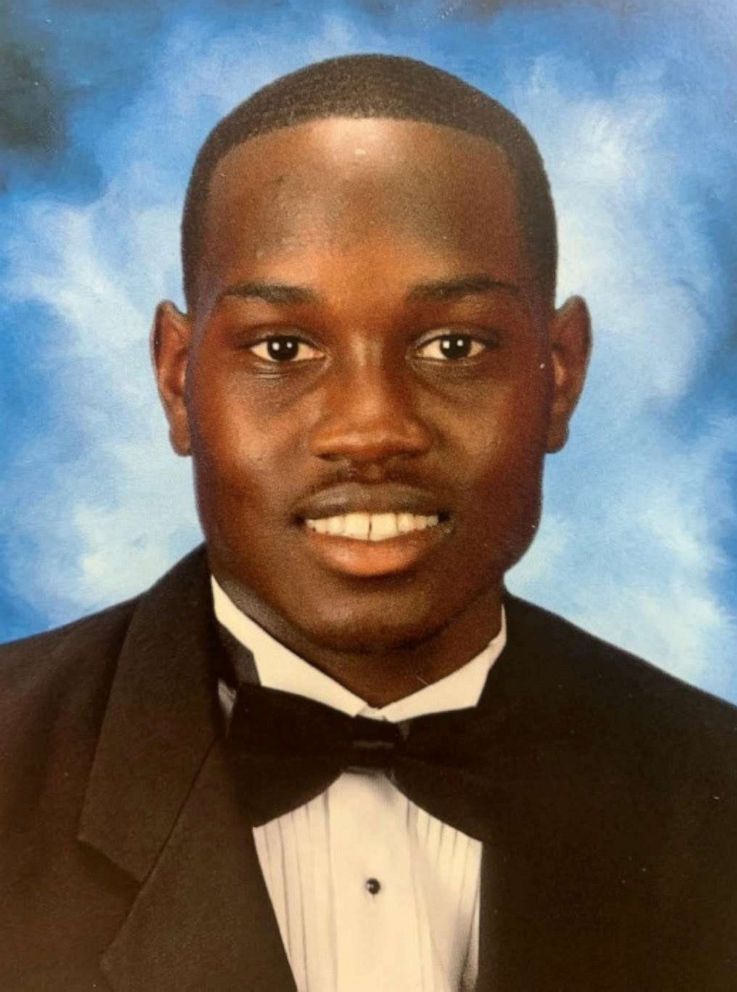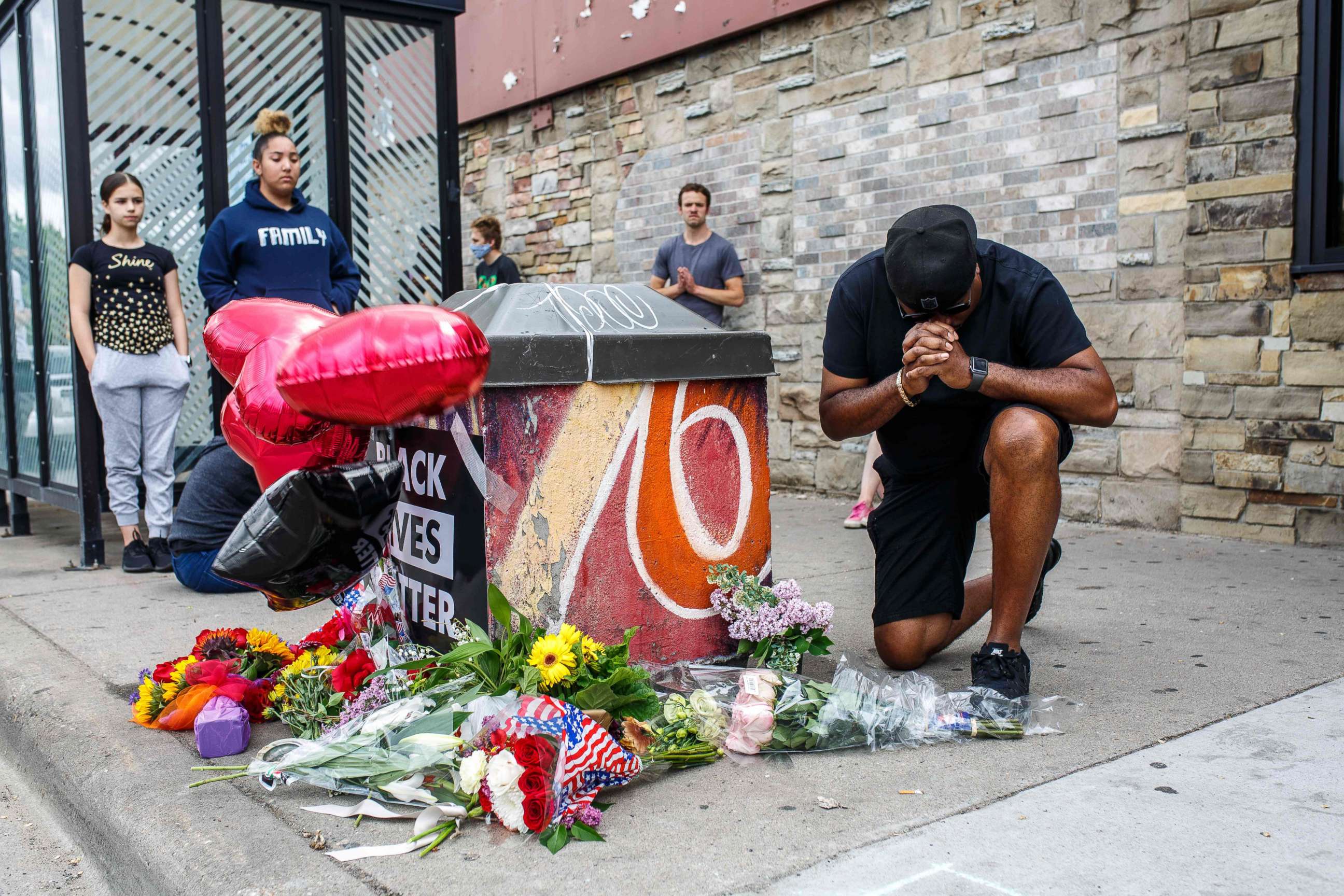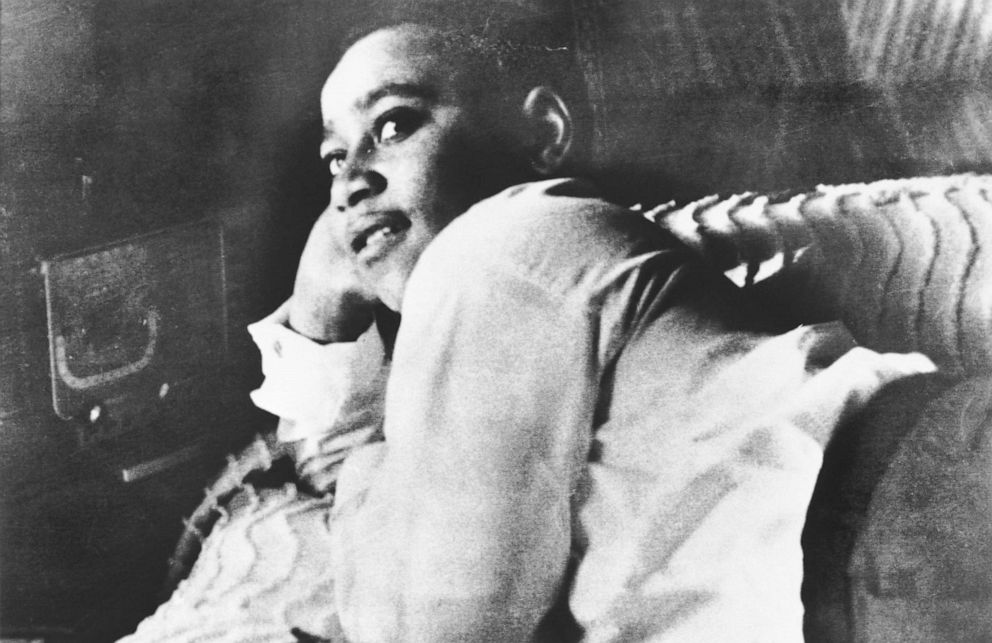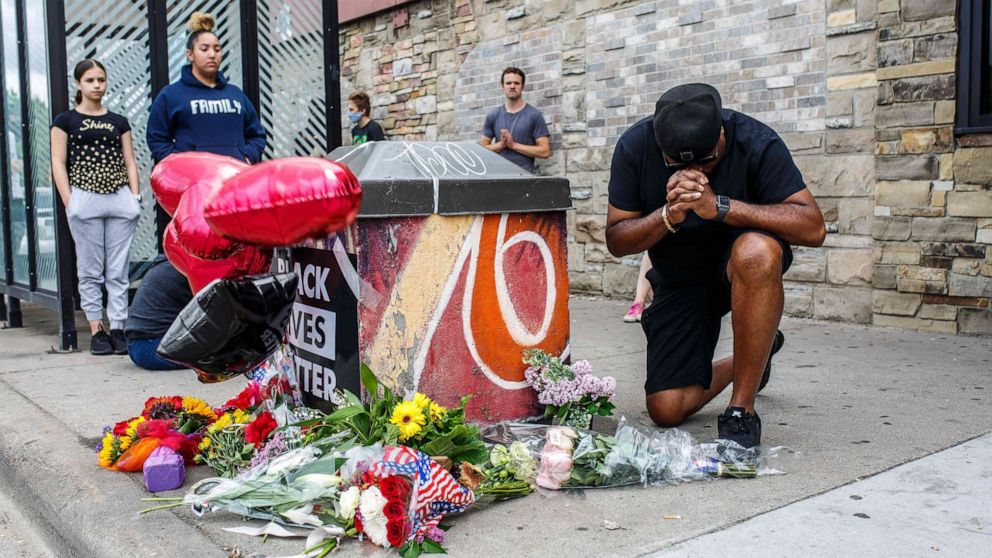How viral videos of killings of black men take a toll on black male mental health
For many black men, viral videos featuring the killings of other black men can weigh heavily. Watching the disturbing footage can impact the mental health of African American men, experts say.
For civil rights advocate and Georgetown Law Center professor Preston Mitchum, the images can lead to physical symptoms.
"My stomach is in knots, my heart is racing, my brain is pounding and none of that is hyperbolic," said Mitchum. "It is exhausting to think that you can be up next."

New York City Public Advocate Jumaane Williams offered a tearful statement during a press conference Wednesday. Though he couldn't bring himself to view the most recent killings, Williams said he was "not okay."
"I am tired," said Williams. "I have yet to watch the video of Ahmaud Arbery. It's too much. I have not watched the video of George Floyd. It's too much."
For others, the videos conjure mixed emotions like anger, despair and powerlessness.

"It hurts, but then also you're feeling anger, and then you have a feeling of helplessness, because, what can we do?" said Rwenshaun Miller, a Charlotte, North Carolina, psychotherapist and founder of the nonprofit Eustress, Inc. that aims to improve mental health in black communities.
Video of Ahmaud Arbery, the Georgia man who was shot by a father and son while jogging in February and George Floyd, the black man who died after a Minneapolis police officer kneeled on his neck, are the latest incidents capturing the brutalization of black men. The trauma collectively experienced by the black community in the wake of the incidents dates much further back.
"Being shown and seeing images that really demonstrate violence on the black body is something that is not only traumatizing from a contemporary perspective but it also has historical trauma. It really does sort of play to these like larger issues that have been with us for hundreds of years," said Martine Hackett, a public health professor at Hofstra University.
The beating and mutilation of slaves as punishment was accepted practice by slave owners. Late into the 20th century, the threat of lynching in the South was commonplace. Following the 1955 torture and murder of Emmett Till, a 14-year-old boy killed by two white men in Mississippi, pictures of his unrecognizable, mutilated body were published. The images of Till's remains are widely considered a flashpoint that ushered in the Civil Rights movement of the 1960s.

According to health experts, repeated viewing of these images can trigger mental health conditions and impact overall health.
"We can experience PTSD, we can experience other mental health challenges as well anxiety, depression, all of these things may be a result of how we're in the world and as these images continue to circulate," said Miller. "That added stress, the trauma and the constant worry will weigh on you very heavily. It's similar to living in a war zone."
"The stress of viewing these disturbing images has a physical manifestation. Often times, people will say, 'this makes me sick to my stomach' or 'I feel like I'm gonna choke' and those are really, those are actually legitimate feelings that you are having," said Hackett. "And the truth is, that's one of the first things is to recognize that these stressors do play a role in our physical health."
Mitchum says that COVID-19 has only complicated the ways in which he and other black men would normally cope.
"Usually there's some kind of way for us to actually find joy, hanging out with your friends, engaging with your family, being able to experience a physical touch that's rooted in like love and affirmation, that's something that many of us are being denied because of COVID," said Mitchum.
Miller recommends taking a timeout from consuming media to alleviate the feeling of bombardment by these violent images.
"The first thing we do is pick up our phone and start to scroll and that's all you're seeing. So I would suggest that people take a break from the news, take a break from the (social media) feeds," said Miller. "You got to give yourself a break."
He suggests finding other outlets like talking to someone you trust, journaling, coloring or exercising to cope. He also encourages men to consider seeking therapy.
"Find ways to introduce self-care into your daily lifestyle, we can't wait until a traumatic event occurs and then we want to try to fix our mental health or take care of our mental health. We need to be proactive in doing these things."




